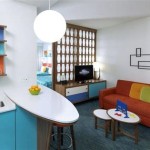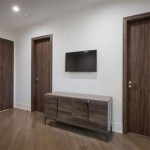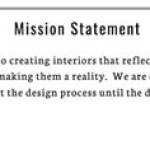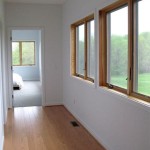Interior Wall Cladding: An Essential Design Element
Interior wall cladding has become an increasingly popular design element in recent years, adding style, character, and functionality to any space. It is a versatile and adaptable solution that can transform the appearance of your walls, protect them from damage, and enhance the overall ambiance of your home or commercial property.
What is Interior Wall Cladding?
Interior wall cladding refers to the application of a secondary layer of material over existing walls to create a new aesthetic or functional surface. It can be made from various materials, including wood, metal, stone, ceramic, or even fabric. Cladding is typically installed using either a tongue-and-groove system or an adhesive method.
Benefits of Interior Wall Cladding
- Visual Enhancement: Cladding provides a simple and effective way to update the look of your walls. It can create striking accent walls, define different areas within a space, or add a touch of elegance to your interior design.
- Protection: Cladding acts as a protective layer over existing walls, safeguarding them from scratches, dents, or stains. It is particularly beneficial in high-traffic areas or rooms prone to wear and tear.
- Functionality: In addition to its aesthetic appeal, cladding can also serve practical purposes. For example, it can be used to improve acoustics by absorbing sound or create a thermal barrier to regulate temperature.
- Durability: Wall cladding materials are typically designed to withstand daily use and wear. They are resistant to moisture, heat, and scratches, ensuring longevity and ease of maintenance.
- Customization: Cladding offers endless customization options. With various materials, colors, textures, and patterns to choose from, you can create a unique design that complements your personal style or brand aesthetic.
Types of Interior Wall Cladding
The type of cladding you choose will depend on the desired aesthetic, functionality, and budget. Some popular options include:
- Wood: Natural wood cladding adds warmth, texture, and character to any space. It is available in various species and finishes.
- Metal: Metal cladding is durable, sleek, and versatile. It can create modern or industrial-inspired interiors.
- Stone: Stone cladding brings a touch of luxury and sophistication to walls. It is ideal for creating feature walls or adding a natural element to your space.
- Ceramic: Ceramic cladding is a great option for high-moisture areas, such as kitchens or bathrooms. It is easy to clean and maintain.
- Fabric: Fabric cladding adds softness and texture to walls. It is often used to create a cozy and inviting atmosphere.
Conclusion
Interior wall cladding is a versatile and effective way to enhance the style, functionality, and durability of your walls. By understanding the benefits, different types, and customization options available, you can choose the perfect cladding solution to transform your space and create a truly unique and inviting interior.

Interior Wall Cladding 5 Best Internal Panelling Ideas Architecture Design

Interior Wall Cladding Ideas Style Up Your Home

Types Of Wall Cladding And Advantages

Why Use Interior Wall Cladding In Your Next Project Greenlam Clads

Stunning Stone Wall Cladding Ideas For Your Home Designcafe

Types Of Wall Cladding And Advantages

8 Interior Wall Cladding Options For Your Dream Home

Interior Wall Cladding Teak Wood

8 Wall Cladding Ideas For Your Home S Accent Walls Designcafe

Interior Wall Cladding 5 Best Internal Panelling Ideas Architecture Design








